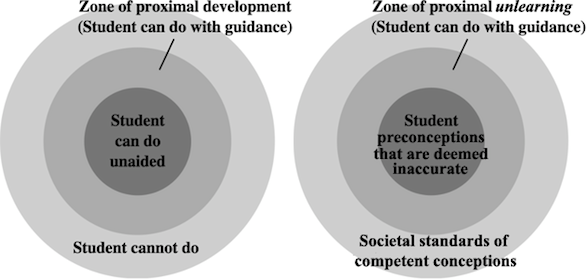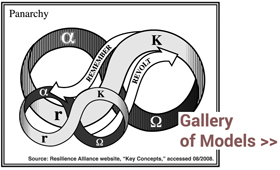Reading the 1999 U.S. National Research Council (NRC) report, “How People Learn: Bridging Research and Practice,” I couldn’t help but recall that (widely attributed) Twainism: It ain’t what you don’t know that gets you into trouble. It’s what you know for sure that just ain’t so.
The first of the NRC’s three key findings:
Students come to the classroom with preconceptions about how the world works. If their initial understanding is not engaged, they may fail to grasp the new concepts and information that are taught, or they may learn them for purposes of a test but revert to their preconceptions outside the classroom.
Research on early learning suggests that the process of making sense of the world begins at a very young age. Children begin in preschool years to develop sophisticated understandings (whether accurate or not) of the phenomena around them (Wellman, 1990). Those initial understandings can have a powerful effect on the integration of new concepts and information. Sometimes those understandings are accurate, providing a foundation for building new knowledge. But sometimes they are inaccurate (Carey and Gelman, 1991). In science, students often have misconceptions of physical properties that cannot be easily observed. In humanities, their preconceptions often include stereotypes or simplifications, as when history is understood as a struggle between good guys and bad guys (Gardner, 1991). A critical feature of effective teaching is that it elicits from students their preexisting understanding of the subject matter to be taught and provides opportunities to build on — or challenge — the initial understanding.
Without using the terminology, this description of “learning to unlearn” points to a practice sometimes called instructional scaffolding — that is, teaching with appreciation and support for each student’s zone of proximal development, or area of potential growth. Except that, in this case, it’s the zone of proximal unlearning that offers a sweet spot for perceived development.
Diagram from the Wikimedia Commons on the left, and my revised version on the right. Thoughts? [Diagram updated]


